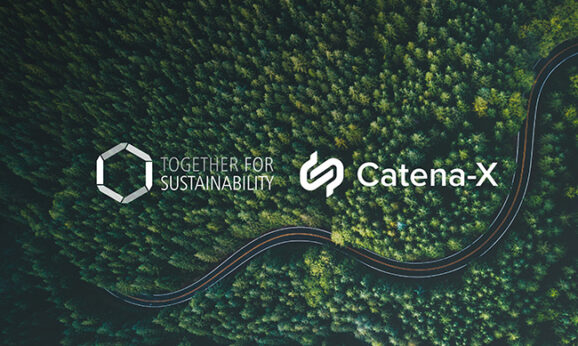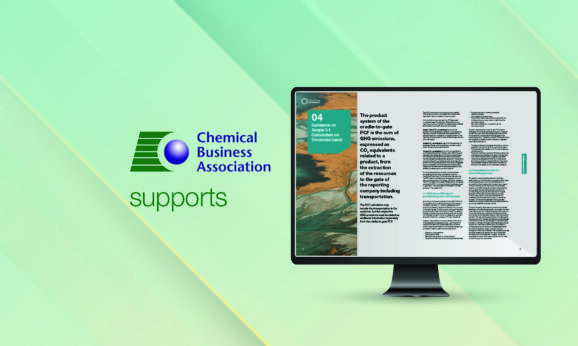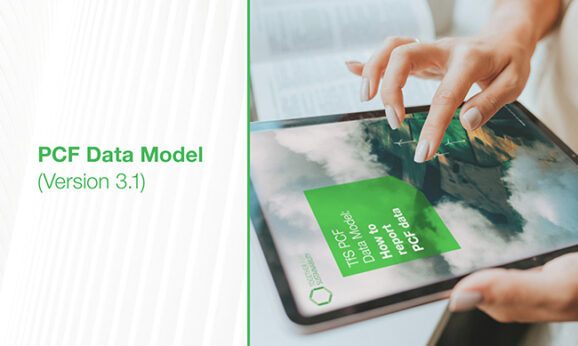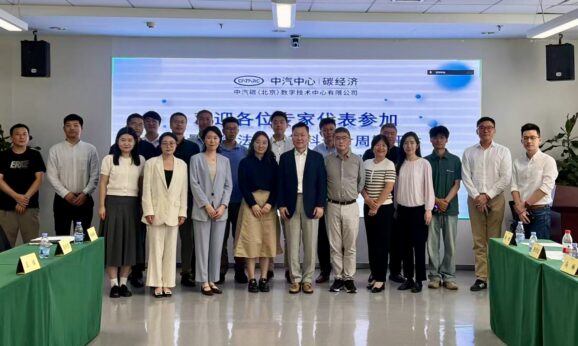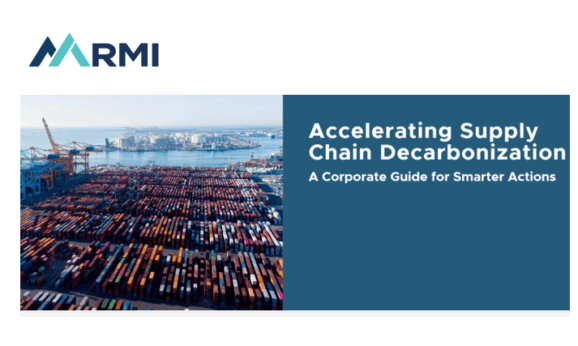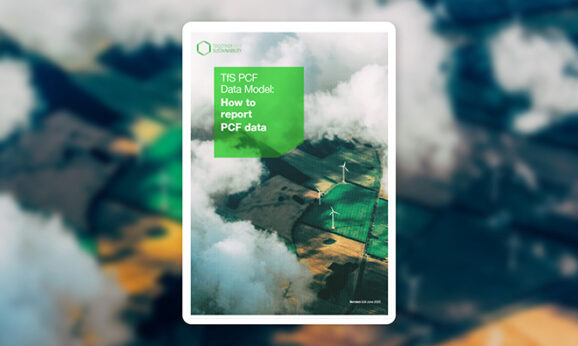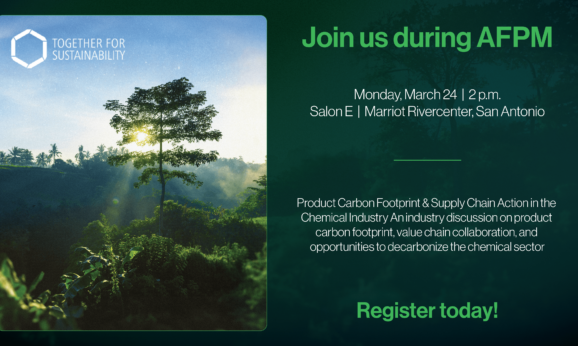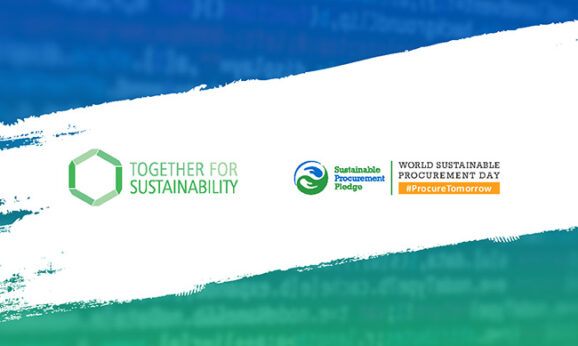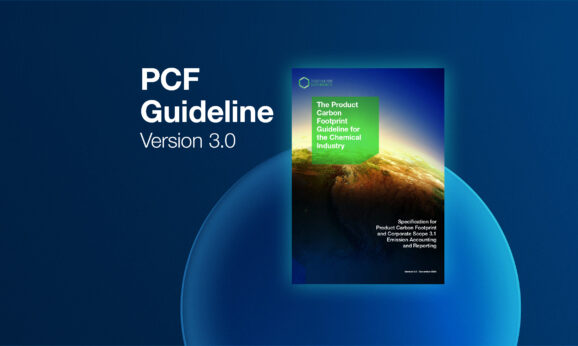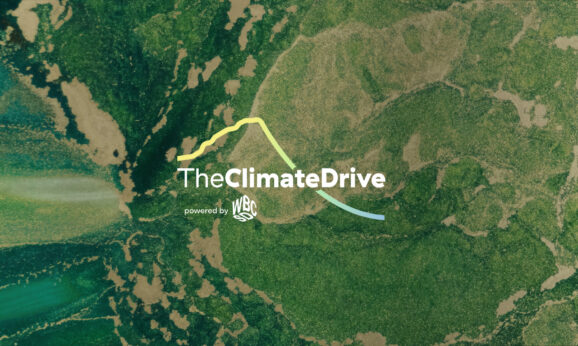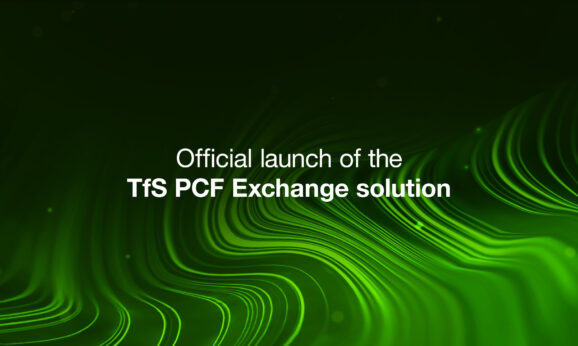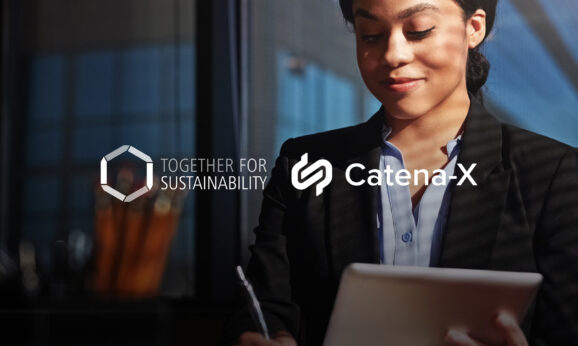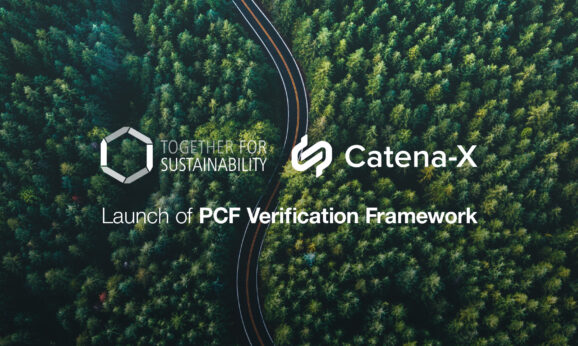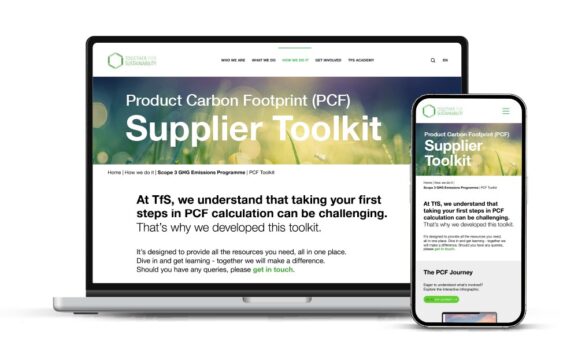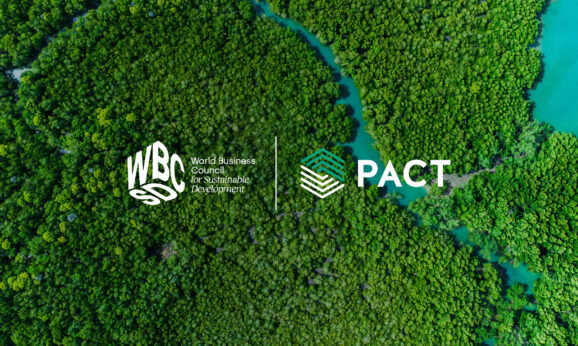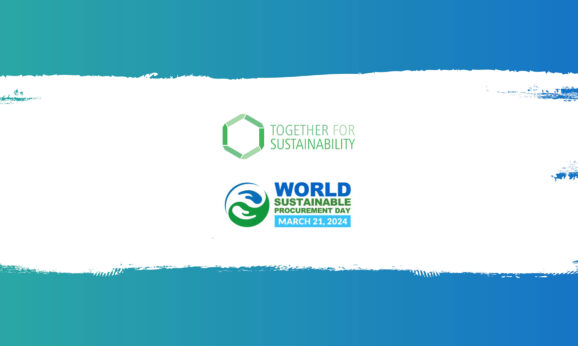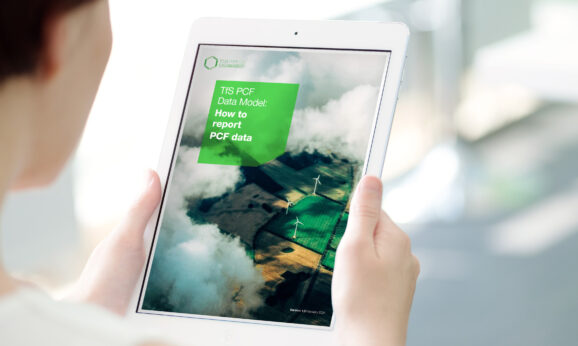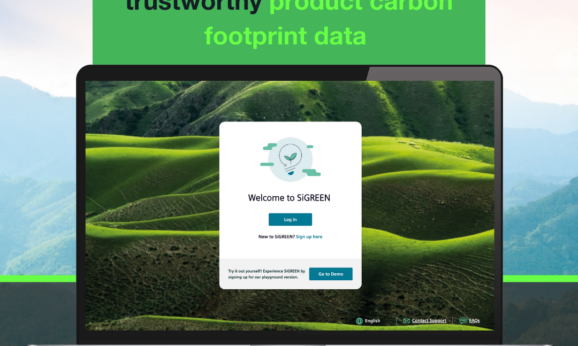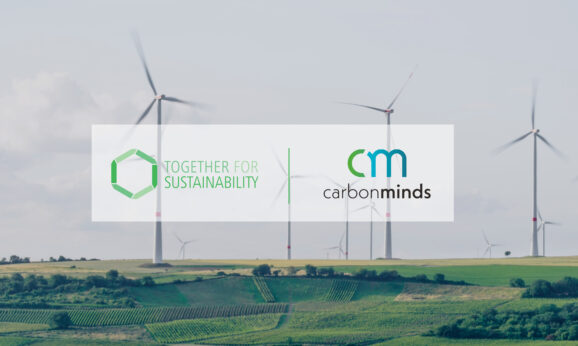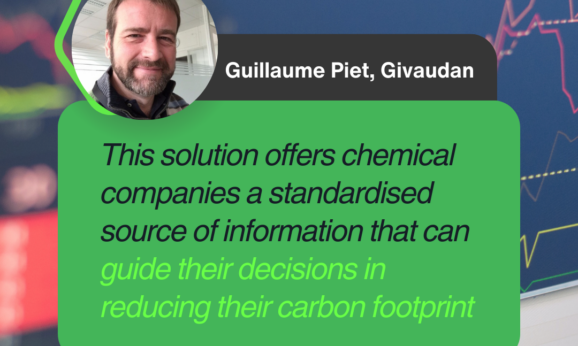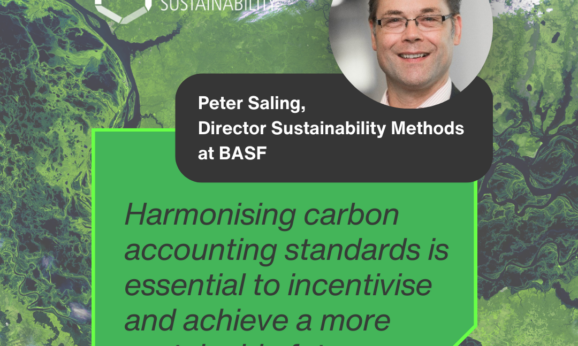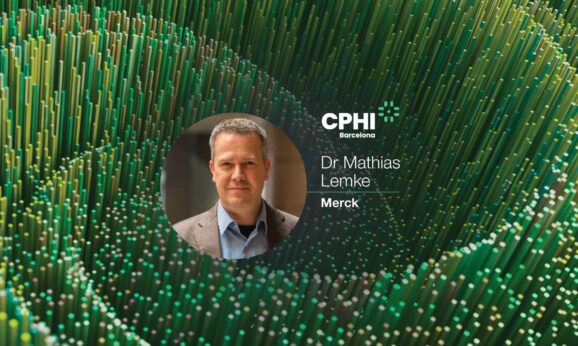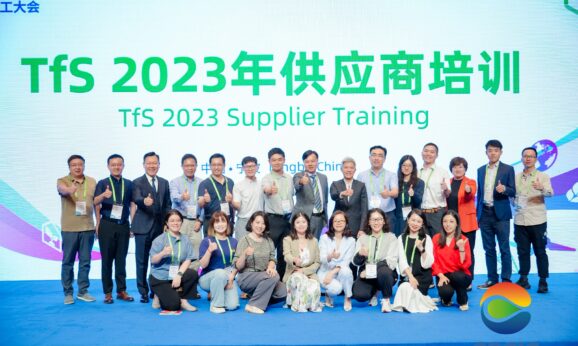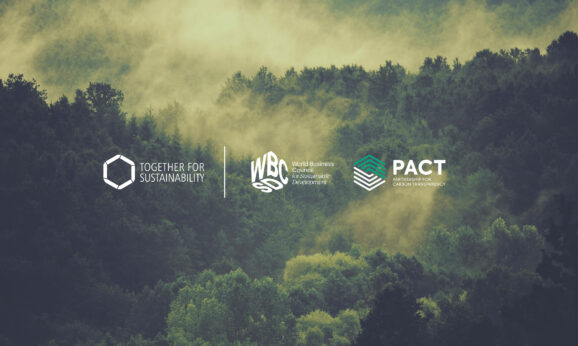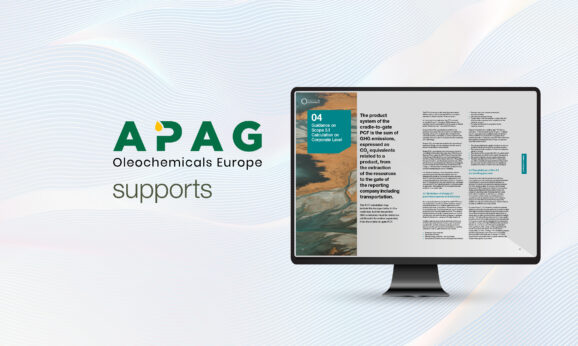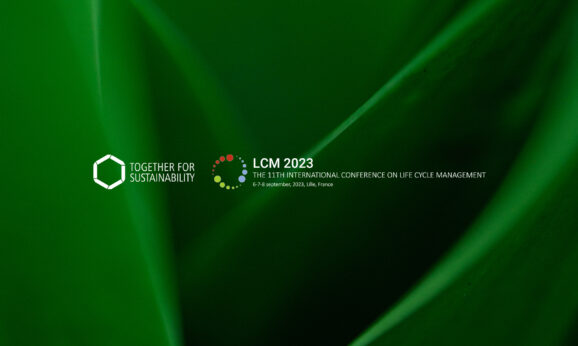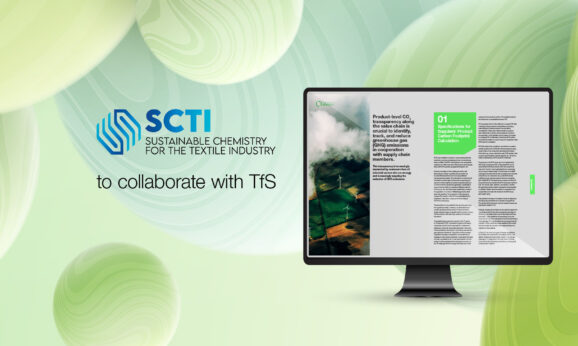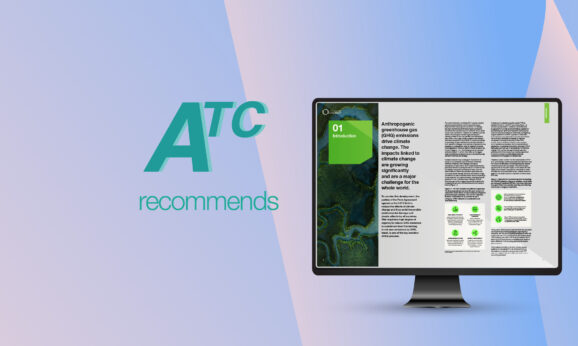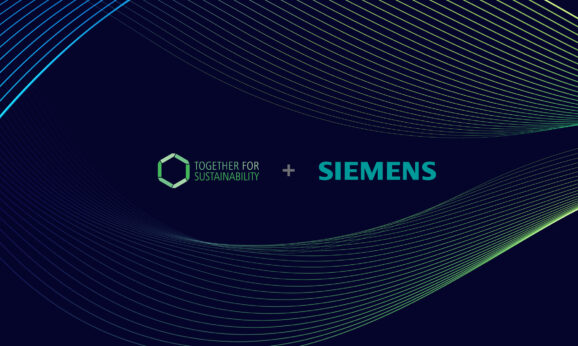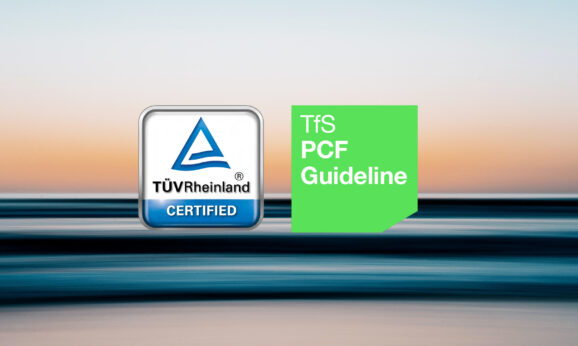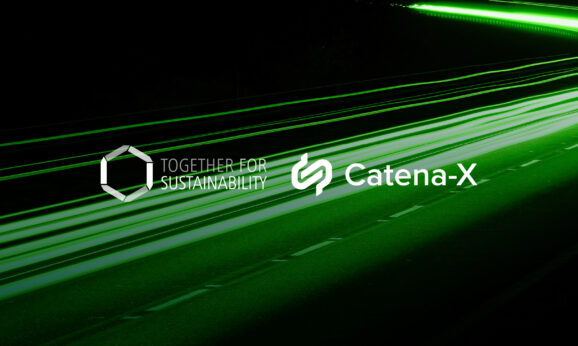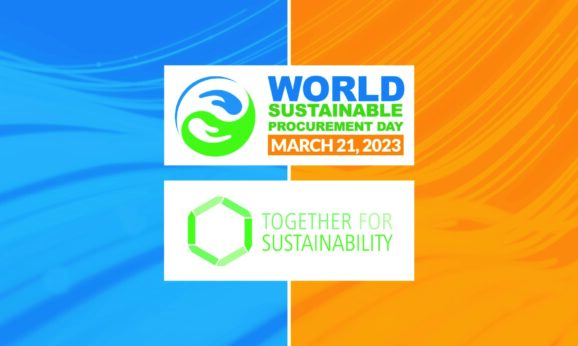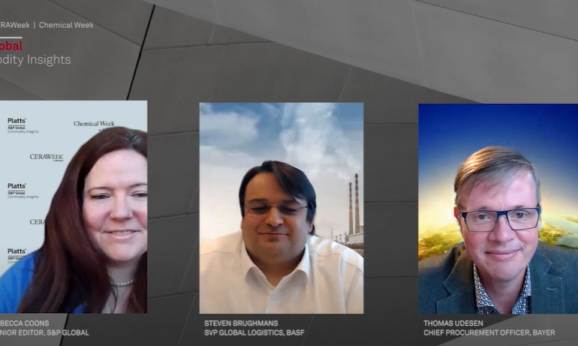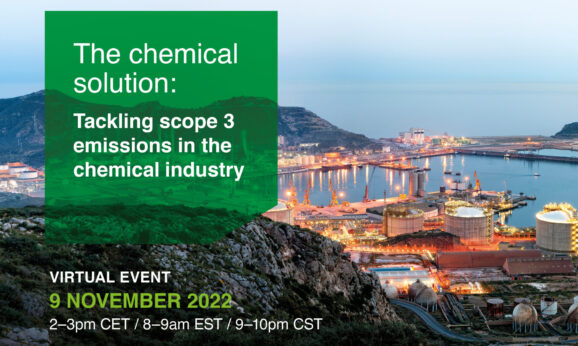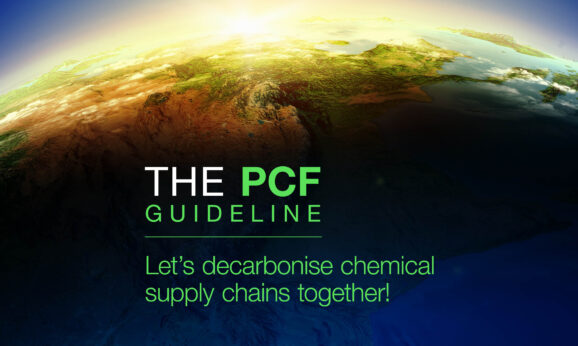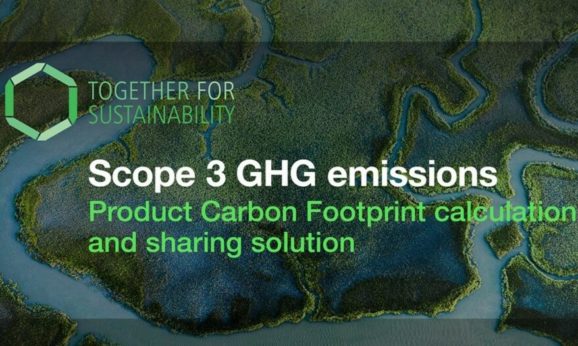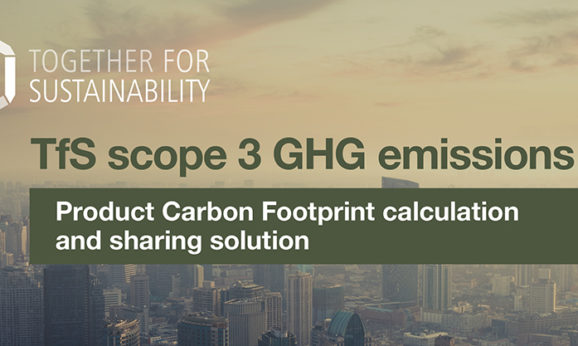TfS PCF Guideline – A supplier’s perspective
The PCF Guideline is an invaluable resource for helping our industry speak one language, transparently measure our impact and – through this transparency – make the changes needed to help reduce emissions.

How the Mitsubishi Chemical Group has benefited from the TfS PCF Guideline
As one of the world’s largest chemical producers, the Mitsubishi Chemical Group is part of the supply chain of many global industries and businesses. As more of our customers require Product Carbon Footprints (PCFs) for their scope 3 emissions reporting – and as we strive to comply with global regulations – we have found the Product Carbon Footprint Guideline (PCF Guideline) from Together for Sustainability (TfS) to be an invaluable resource. This guideline could also enable us to realise our ultimate goal – to reduce emissions in the whole value chain.
Up to now, there has been no single approach to calculating Product Carbon Footprints (PCFs) and reporting that is specific enough for chemical materials. Chemical supply companies, like us at the Mitsubishi Chemical Group, have used available general guidance, but this did not allow for like-for-like comparisons. We also found it challenging to include accurate scope 3 emissions in our PCFs, because we sometimes experienced difficulties in getting precise emission data from our suppliers. This also made it difficult for us to set meaningful reduction goals and provide accurate PCFs to our customers.
Faced with these challenges, we believed that there was a need for something tailored to industry. So, in April 2022, we took part in a pilot programme hosted by TfS, where we were able to test and provide feedback on initial drafts of the PCF Guideline before it was officially launched. TfS incorporated our suggestions – as well as the suggestions of others from across the sector – and we are pleased to see the final product being applicable and adaptable for global usage. We also appreciate the links to localised databases and how user-friendly infographics are effectively utilised within the document.
How we have integrated the PCF Guideline
When the PCF Guideline was introduced, our team began by thoroughly reading the Guideline and studying how our understanding aligned with it. We did this by comparing it with our own manuals and discussing how they could be upgraded.
We found that the PCF Guideline immediately helped us overcome several longstanding challenges. For example, prior to the Guideline, we had developed our own manuals for PCFs prepared in accordance with ISO, GHG Protocol and guidelines from World Business Council for Sustainable Development (WBCSD). The PCF Guideline helped streamline and synthesise all of these rules as an actionable manual, while ensuring alignment with other global guidance.
We also found that it helped our customers more clearly understand the method and process of our calculations. For example, we had received questions from our customers about calculating PCF from cradle-to-gate when we use biomass – which had traditionally been a very confusing process due to the different approaches in different existing guidelines. Now, the PCF Guideline makes the parameters and the methodology extremely clear, and we can share the Guideline with our customers when we discuss how biomass calculations have been completed.
Why the PCF Guideline is different
This has been an important part of what has made the PCF Guideline valuable to us – the fact that it provides our industry with a common language for the first time. Not only has the PCF Guideline provided a harmonised approach for the chemical and adjacent industries but it has also clearly explained the concepts and provided simple infographics that make the process easy to understand. This is especially important for smaller organisations along the supply chain who may not have enough human resources to calculate the PCFs their customers are asking for.
This level of clarity also means that the Guideline acts as a bridge between suppliers and their customers, as has been the case for us at the Mitsubishi Chemical Group. It has allowed us to communicate our process effectively without the need to refer to other materials.
This is extremely important because when our customers are able to see all the smaller processes that go into the final calculation, they understand what is behind the PCF. This gives them a clear indicator of where they can collaborate with us to reduce the overall impact of their supply chain and generate a smaller footprint.
This, ultimately, is what we are all working towards – mitigating emissions to play our part in tackling global climate change. The PCF Guideline is an invaluable resource for helping our industry speak one language, transparently measure our impact and – through this transparency – make the changes needed to help reduce emissions, not only for our industry but also for downstream production processes and use-phases.
The Mitsubishi Chemical Group is one of the world’s largest chemical producers supplying a wide range of sectors, from automotive and electronics to medical and sport. The Mitsubishi Chemical Group is among the first to adopt Together for Sustainability’s PCF Guideline.






